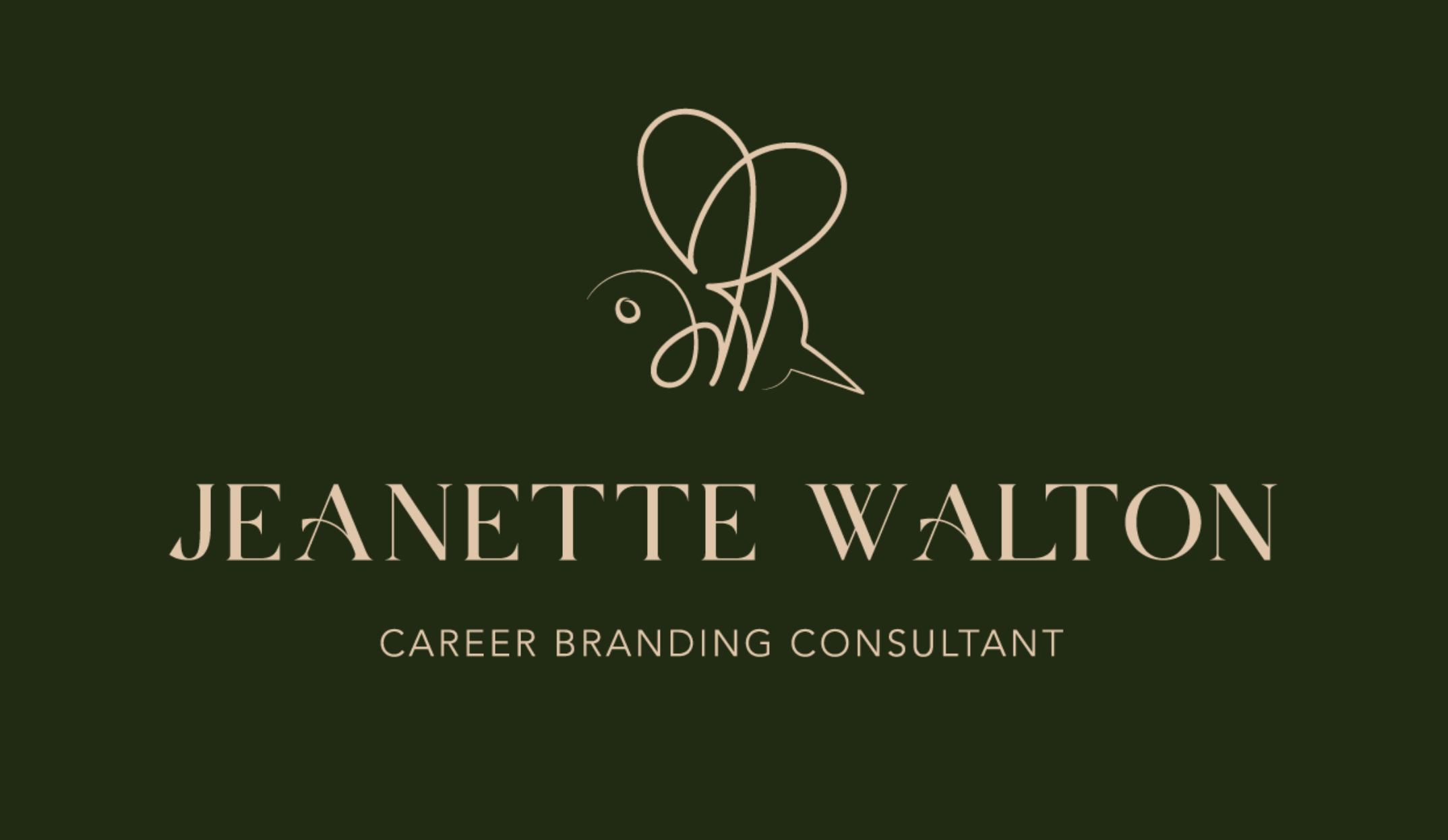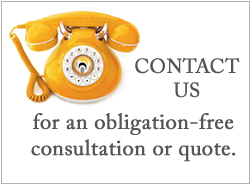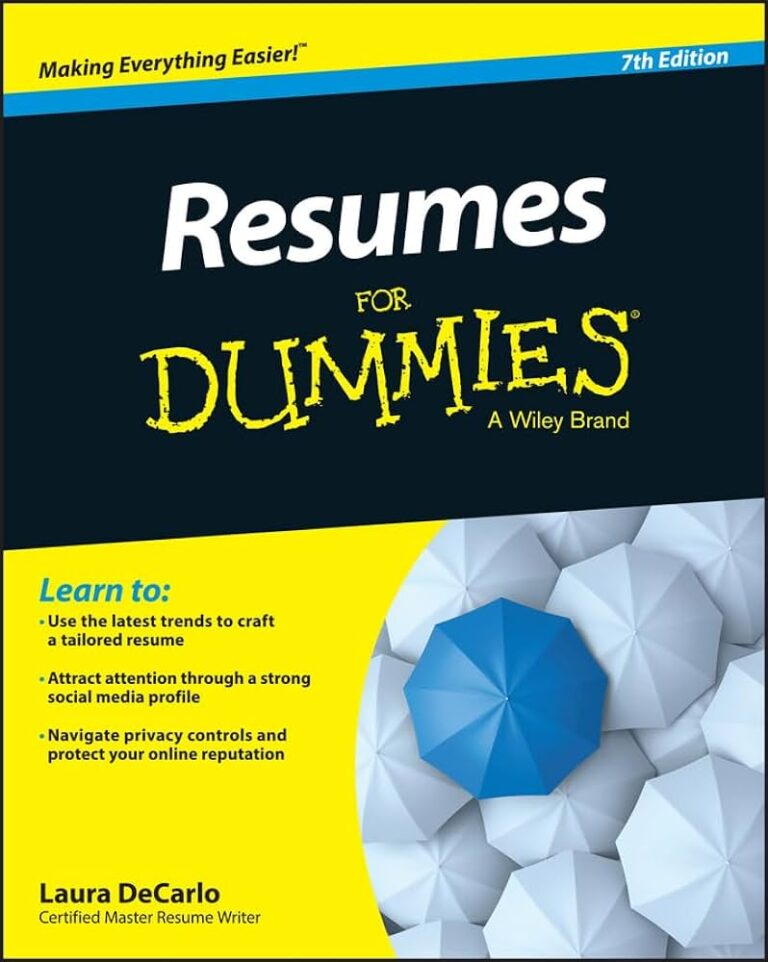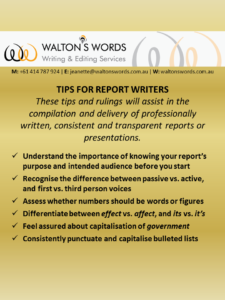In addition to ensuring ATS compliance across your resume and other career documentation, there are other key factors that should be considered. In line with the old saying that ‘slow and steady wins the race’, it’s really important to take your time with each job application. Make sure you address any instructions or specifications.
In June 2020, the Australian Bureau of Statistics reported a two-decade high in unemployment rates, primarily due to COVID-19. So it’s even more essential to optimise your chances of standing out. Keep in mind that most recruiters are inundated with job applications, and you have about six seconds to immerse them in your personal brand. The initial recruitment process can be both swift and ruthless.
“In a sea of bland candidates, the most captivating resume is the one that seems to match all of their requirements … Don’t make your target reader fish through a bunch of noise in order to find what’s really important … because they won’t.” (monster.com)
A resume is commonly required in job applications, and more often than not a standard cover letter as well. These two complementary documents should highlight both your hard and soft skills. In most public sector and other highly regulated industries, there will probably also be selection criteria that need to be addressed.
If in doubt, clarify: I often recommend to clients they make contact with the recruiter to confirm what is required in the job application, particularly when ‘how to apply’ instructions are ambiguous or non-existent. Not only is this an ideal opportunity to introduce yourself, and to demonstrate your proactivity and attention to detail, it also means your application is less likely to be glanced at and disregarded (or rejected by ATS). You’ve proven your understanding and commitment to the job specifications.
Don’t miss the detail: While it might be tempting to include that extra page of information in your resume, this is not going to be viewed favourably if it exceeds the specified limitations. It’s really important to keep your selection criteria responses and your other career documentation concise and relevant. If a two-page resume has been specified, adapt your longer, more detailed one for this role, if the cover letter needs to address the essential criteria in the position description, and if there are word limitations for each selection criteria response, adhere to these as well.
It can no doubt be a stressful experience applying for jobs, particularly when it’s due to an unintentional career break. But taking the time throughout the job-seeking process, from the initial application submission to preparing for potential interviews, is going to be beneficial to the end results. It will likely boost your confidence across the application process, as well as the recruiter’s and the prospective employer’s.
———————————————————————
If you’ve been considering a change in career direction and/or increasing your career opportunities, it may also be time to consult a professional resume writer. From spicing up a LinkedIn profile to overhauling a resume and adding an often-critical cover letter, to writing up selection criteria attuned responses, Walton’s Words thrives on creating career documentation that helps you to stand out. Give us a call or drop us a line if you would like to discuss your resume writing needs further.




